Zaha Eye Drops 3ml
$12.00 – $80.00
| Name | Action |
|---|---|
1 Pack, $12/unit $12.00 | |
5 Packs, $10/unit $50.00 | |
10 Packs, $8/unit $80.00 | |
Want to order in bulk / B2B price ? | Send Inquiry |


| SKU | 11133 |
| Manufacturer | Ajanta Pharma Ltd |
| Categories | Eye Care |
| Delivery Time | 10 - 14 Working Days |
Introduction to Zaha Eye Drops 3 ml
Zaha Eye Drops (3 ml) are a potent ophthalmic solution designed to combat bacterial infections in the eyes. The active ingredient in these drops is azithromycin, a broad-spectrum macrolide antibiotic known for its effectiveness against a variety of bacterial pathogens.
Azithromycin works by inhibiting bacterial protein synthesis, thereby preventing the growth and multiplication of bacteria. This makes Zaha Eye Drops a valuable treatment option for several common and potentially serious eye conditions.
These eye drops are commonly prescribed for bacterial conjunctivitis, an infection characterized by redness, swelling, and discharge from the eyes. By targeting the bacteria causing the infection, Zaha Eye Drops help alleviate symptoms and promote healing.
They are also used to treat blepharitis, an inflammation of the eyelids that can cause irritation and discomfort. Additionally, Zaha Eye Drops can be effective in managing corneal ulcers and trachoma, both of which can have serious consequences if left untreated.
Uses of Zaha Eye Drops 3 ml
Zaha Eye Drops (3 ml) are typically prescribed for their antibiotic properties, specifically containing azithromycin, which is effective against a variety of bacterial infections. Here are the primary uses of Zaha Eye Drops:
- Bacterial Conjunctivitis
- Blepharitis
- Corneal Ulcers
- Trachoma
- Meibomian Gland Dysfunction (MGD)
- Prophylactic Use After Eye Surgery
- Ocular Rosacea
How Does Zaha Eye Drop 3 Works?
Zaha Eye Drops (3ml) contain Azithromycin, a macrolide antibiotic that works by stopping bacteria from growing. It does this by inhibiting bacterial protein synthesis, preventing the bacteria from multiplying and spreading. This helps eliminate the infection, reduce inflammation, and relieve symptoms like redness, swelling, and discharge.
Dosage of Zaha Eye Drops 3
Zaha Eye Drops 3 ml contains an active ingredient, Azithromycin, which is used in the treatment of Conjunctivitis and should be given on prescription. You should always consult your doctor for the frequency and dose as age and severity of the disease differ from person to person.
Patients are advised to take Zaha Eye Drops 3 ml at a fixed time, preferably in morning and evening time or prescribed by your doctor
Side Effects of Zaha Eye Drops
Common Side Effects
- Eye Irritation
- Redness
- Blurred Vision
- Dryness
- Watery Eyes
- Discomfort
- Itching
Serious Side Effects
- Severe Eye Pain or Swelling
- Vision Changes
- Eye Infection Symptoms
- Increased Redness
- Eye Bleeding or Ulcers
How to Manage Side Effects?
- Inform Your Healthcare Provider
- Follow Prescribed Dosage
- Discontinue Use (If Advised)
- Address Mild Irritation
- Avoid Contact Lenses
- Do Not Rub Eyes
Warning & Precautions
1. Avoid in Viral or Fungal Infections:
- These drops are only effective against bacterial infections.
2. Do Not Touch the Dropper Tip:
- Prevent contamination by avoiding contact with the eye or any surface.
3. Contact Lens Users:
- Remove lenses before use and wait at least 15 minutes before reinserting.
4. Monitor for Allergic Reactions:
- Stop use and seek medical help if you experience rash, swelling, or breathing difficulties.
5. Temporary Blurred Vision:
- Avoid driving or operating machinery until vision clears.
6. Use Only as Prescribed:
- Overuse may lead to antibiotic resistance or worsening symptoms.
7. Pregnancy & Breastfeeding:
- Use only if prescribed by a doctor.
8. Storage Precautions:
- Keep in a cool, dry place, away from direct sunlight. Do not use if the solution appears cloudy or discolored.
Safety Advice
- Use Zaha Eye Drops strictly as prescribed by your healthcare professional.
- Do not use Zaha Eye Drops if you have a known allergy to any of its ingredients.
- Inform your doctor about any ongoing medications or medical conditions before using the eye drops to prevent potential interactions or adverse effects.
- Do not share the eye drops with others, even if they have similar eye conditions.
- Do not use the eye drops for a prolonged period without medical supervision.
- Remove contact lenses before using Zaha Eye Drops and wait at least 15 minutes before reinserting them.
- Keep Zaha Eye Drops out of the reach of children and pets.
- Store the eye drops in a cool, dry place, away from direct sunlight and extreme temperatures.
Frequently Asked Questions
1. Can Zaha Eye Drops be used for other eye conditions?
Ans. Zaha Eye Drops are specifically formulated to treat bacterial Eye infections. They are not effective against viral or fungal infections. Only use them for conditions recommended by your healthcare provider to ensure proper treatment.
2. How long does it take to see improvement in my condition?
Ans. Improvement can vary depending on the severity of the infection and individual response to treatment. Some patients may see improvement within a few days, while others may require a longer duration of treatment. Continue using the drops as prescribed, even if symptoms improve, to ensure the infection is fully treated.
3. How to use Zaha Eye Drops?
Ans. Always use Zaha Eye Drops as directed by your physician. It is for ophthalmic use only. Wash your hands before application. Tilt your head slightly backwards and pull your lower eyelid down to create a pocket. Instill a drop in the pocket and avoid touching the tip with your eye. Close your eye gently and press your finger against the inside corner of the eye. Your doctor will decide the correct dose and duration for you depending upon your age, body weight and disease condition.
4. How should I store Zaha Eye Drops?
Ans. Store the eye drops at room temperature, away from moisture and heat. Keep the bottle tightly closed when not in use, and out of reach of children and pets. Do not freeze the medication.
| Pack Size | 1 Pack, 10 Packs, 5 Packs |
|---|---|
| Price/Unit | $10/unit, $12/unit, $8/unit |
1 review for Zaha Eye Drops 3ml
Add a review Cancel reply
Related Products
Eye Care
Eye Care
Eye Care
Eye Care
Eye Care

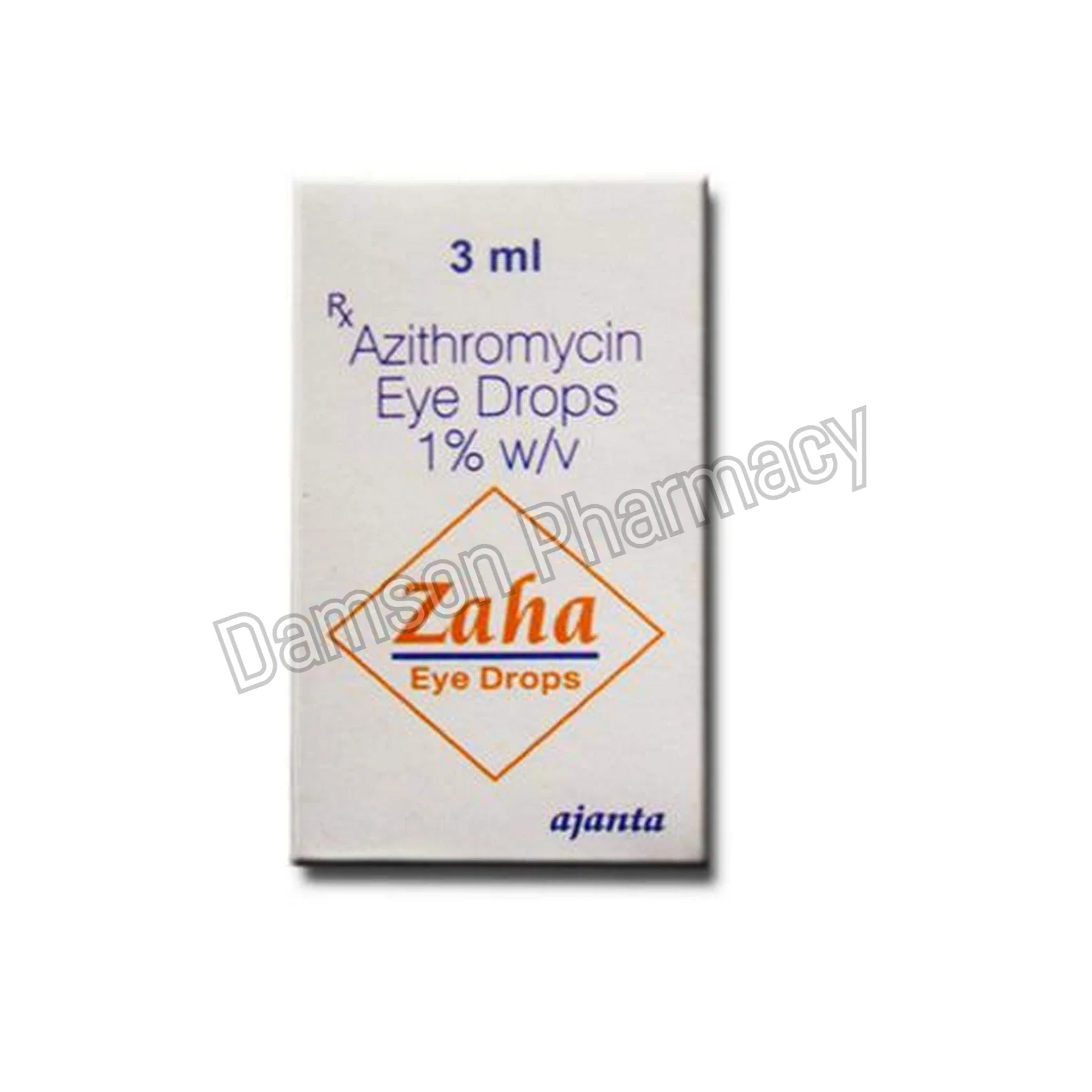

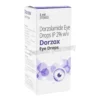
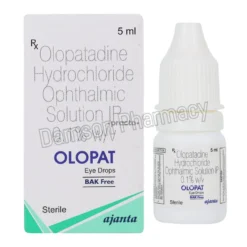
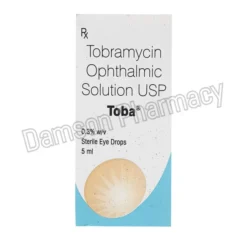
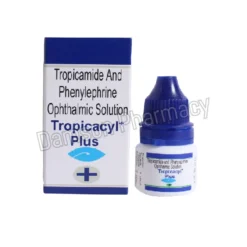

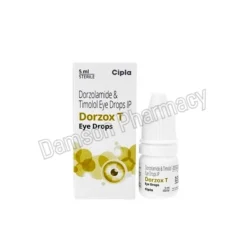
Mick –
Eyedrops landed & are wonderful. I highly recommend this Online Pharmacy!